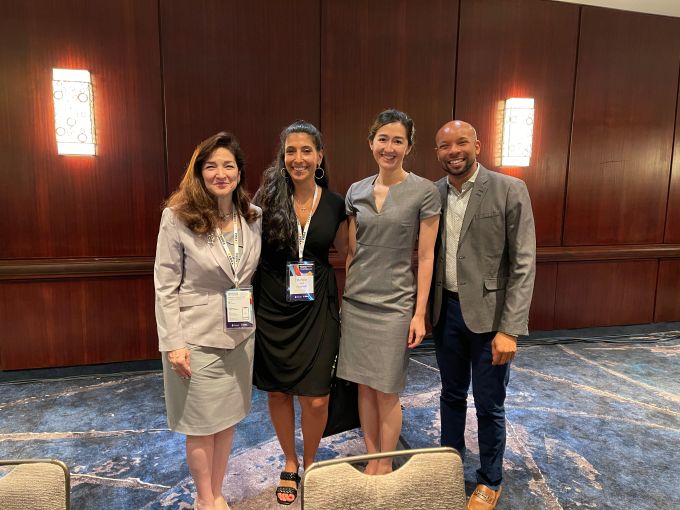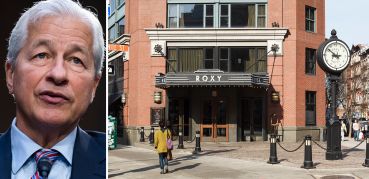CREFC NYC 2022: Panelists Discuss The New Office “Normal”

The COVID-19 pandemic changed the way we utilize offices, perhaps forever, and uncertainty surrounding the future of the workplace lingers even as we try to move forward into some semblance of normalcy.
Amid this uncertainty, a panel of experts at this year’s CREFC annual conference discussed new approaches to prioritizing employees’ well-being in a new era of the workplace, the practices and strategies being implemented, how those practices are impacting recruiting and retention, and how day-to-day operations and workflow have changed in the new hybrid environment.
Taris Mullins, facilitator and organizational change consultant at Loeb Leadership, moderated the panel titled “Back to the Office: Workplace Trends and Benefits.” Speakers included Annemarie DiCola, chief executive officer of data provider Trepp, Sarena Ehrlich, market engagement lead for Americas consulting New York at CBRE (CBRE), and Michelle Hull, senior vice president of global talent acquisition at SitusAMC.
Mullins kicked off the panel with a reflective quote from Harvard Business Review: “In many ways, this notion of the traditional office workplace was already in transition even before the pandemic,” he said, quoting the magazine. “The pandemic accelerated organizations shifting to a hybrid/remote model and has challenged leaders to consider a new mindset to how they think about the workplace and employee engagement.”
“So, it was already happening,” he added. Mullins further quoted research from consulting firm McKinsey & Company that showed the majority of employees would like to work from home at least three days per week in the future.
Ehrlich agreed, pointing out that there’s a real focus on redefining the purpose of the office. “We’re seeing clients being very thoughtful in understanding how different teams within their organization function,” she said. “And what we see, overwhelmingly, just as a generalization, is that most of them come into the office for the community to collaborate to see one another, to see clients, to build that connection.”
Ehrlich therefore believes that the greatest employee amenity a company can provide in the context of returning to the office is the opportunity to simply see one another. According to a client survey conducted by CBRE, the top two amenities in demand are flexible, open spaces and enclosed meeting rooms.
According to DiCola, Trepp’s office located at Rockefeller Center made the choice to have employees back at work three days a week. “The reason we wanted everybody gravitating to the same three days was that we felt that if we were going to return to the office, it should be intentional,” she said.
As employees return to the office, a vital new way of training and support is also waiting in the wings. Hull, a veteran in talent recruitment, believes it is crucial to teach managers to manage not only through success and productivity but to manage through empathy.
“Every one of our organizations is grappling with commitments and actions related to diversity, equity and inclusion,” said Mullins. “It gets even more complicated in a hybrid fashion because you don’t have an opportunity to engage in those conversations in-community with others, which can have an impact on how strategies are effectively deployed and sustained across organizations.”
“The more you celebrate diversity, the more you also realize the commonalities among people,” said DiCola. Her firm formed a multicultural employee resource group that incorporates pillars of initiatives, including communications, recruitment and retention, and professional development.
In terms of the broader office outlook, there may be yet more questions for participants in the space as current leases expire and office loans mature.
“We certainly see an upcoming spate of office lease expirations coming,” said Dicola, “We see over $320 billion worth of mortgages on office buildings that will be maturing between this year and next year. It’s definitely a very big turning point for a lot of companies to truly evaluate the question of what is the right use of their space.”
Emily Fu can be reached at efu@commercialobserver.com.


